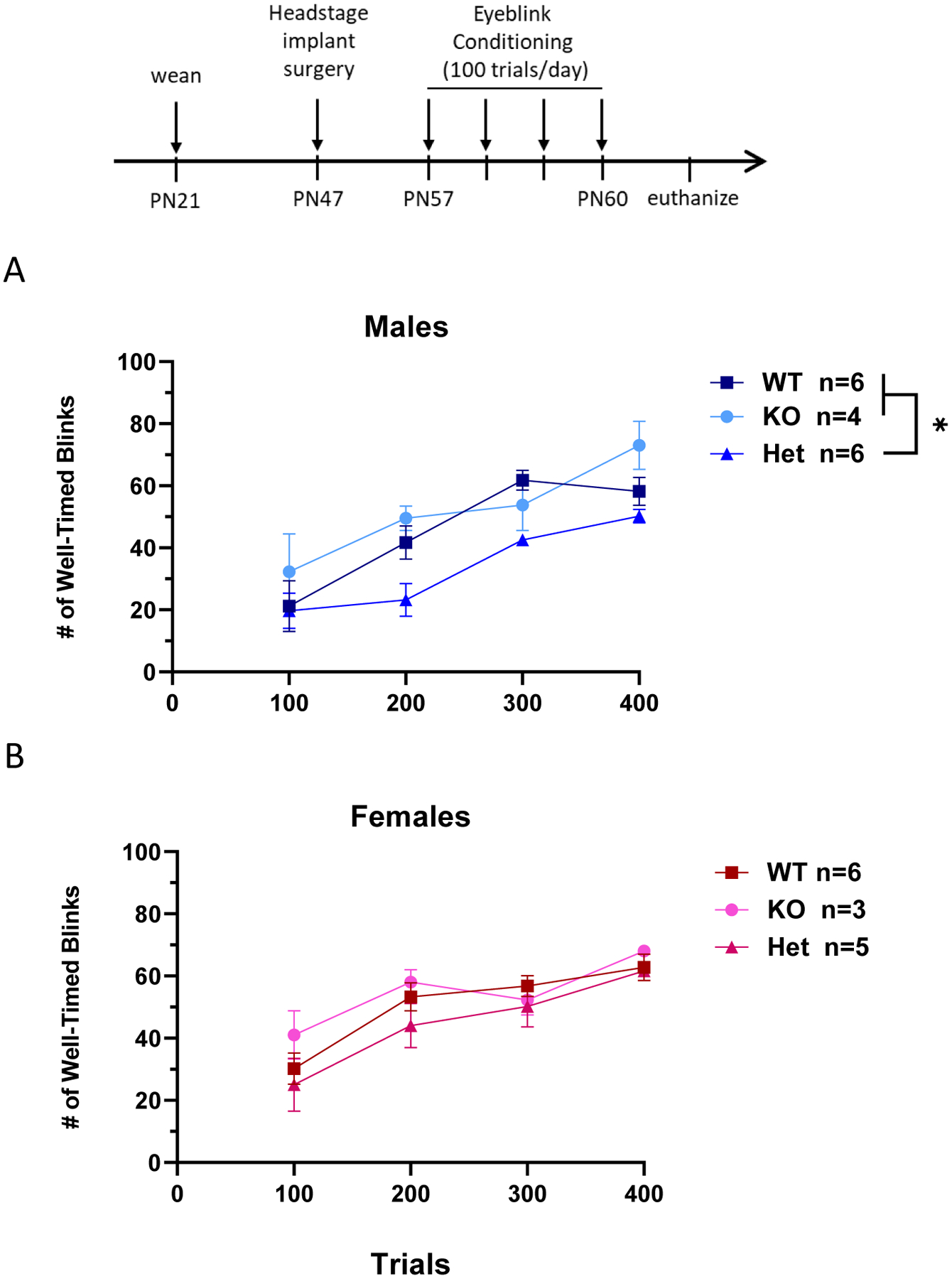Figure 9: Nrxn1α deficiency alters Pavlovian learning in the conditioned eyeblink response paradigm.

The percentage of successful conditioned responses in the delay eyeblink paradigm over 4 days of trials. SD-Nrxn1tm1Sage rats underwent 100 trials of conditioned eyeblink learning each day. (A) Acquisition of conditioned response over 4 days in males. There was no difference between WT and KO males in the acquisition of well-timed blinks over 4 days of conditioned learning trials. Both WT and KO males exhibited greater acquisition of the conditioned response over 4 days than Het males. (B) Acquisition of conditioned response over 4 days in females. There was no difference among genotype in females (ANOVA with Repeated Measures and Tukey’s posthoc, * = p < 0.05) (N = 6 WT males, 6 Het males, 4 KO males, 6 WT females, 5 Het females, 3 KO females).
